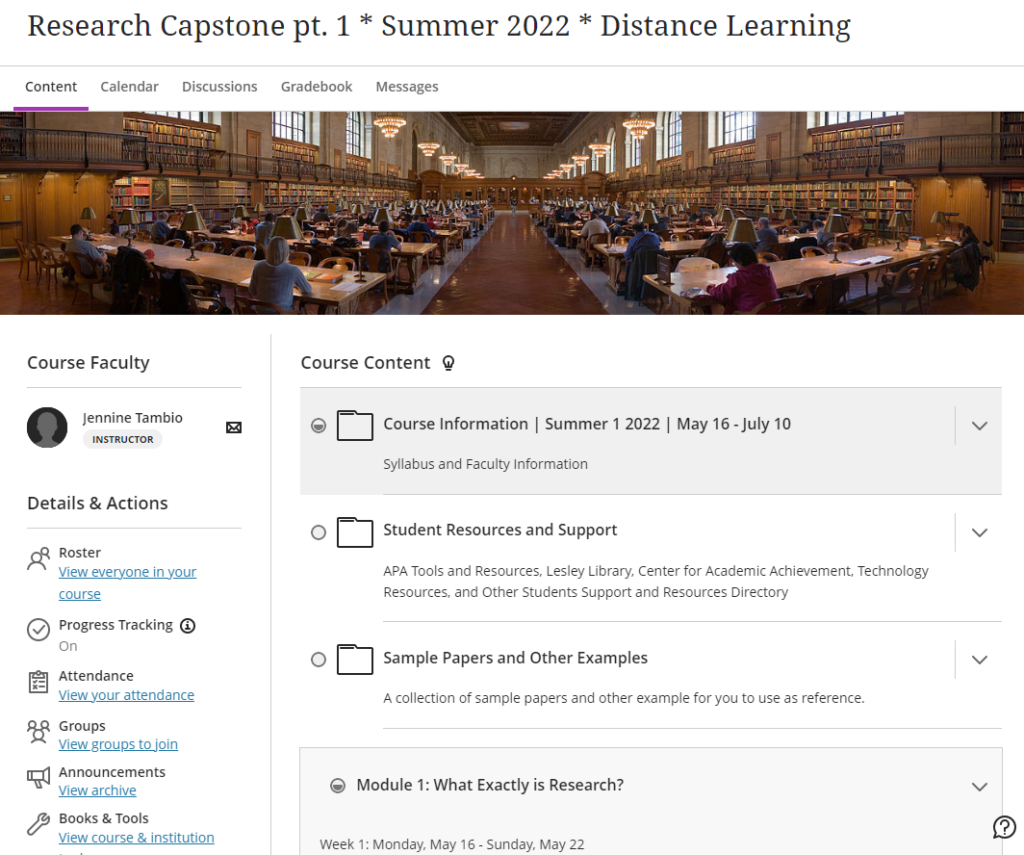“A Hybrid-Flexible (HyFlex) course design enables a flexible participation policy for students, whereby students may choose to attend face-to-face synchronous class sessions in-person (typically in a traditional classroom) or complete course learning activities online without physically attending class. Some HyFlex courses allow for further choice in the online delivery mode, allowing both synchronous and asynchronous participation.” (Beatty, 2019)
Fundamental Values in Hybrid-Flexible Design
- Learner Choice: Provide meaningful alternative participation modes and enable students to choose between participation modes daily, weekly, or topically.
- Equivalency: Provide learning activities in all participation modes which lead to equivalent learning outcomes.
- Reusability: Utilize artifacts from learning activities in each participation mode as “learning objects’ for all students.
- Accessibility: Equip students with technology skills and equitable access to all participation modes.
For more information on HyFlex course design, please refer to Brian Beatty’s ebook, Hybrid-Flexible Course Design.
How does HyFlex differ from Hybrid Teaching?
A hybrid course delivers instruction and learning activities both in-person and online, but not simultaneously. Hybrid courses should take advantage of the best features from both face-to-face and online learning, creating the “best of both worlds” within a single course.
In a HyFlex course, instruction and learning activities occur together in-person and online, in real-time. “The HyFlex approach provides students autonomy, flexibility, and seamless engagement, no matter where, how, or when they engage in the course. Central to this model is the principle that the learning is equivalent, regardless of the mode.” (EduCAUSE).

